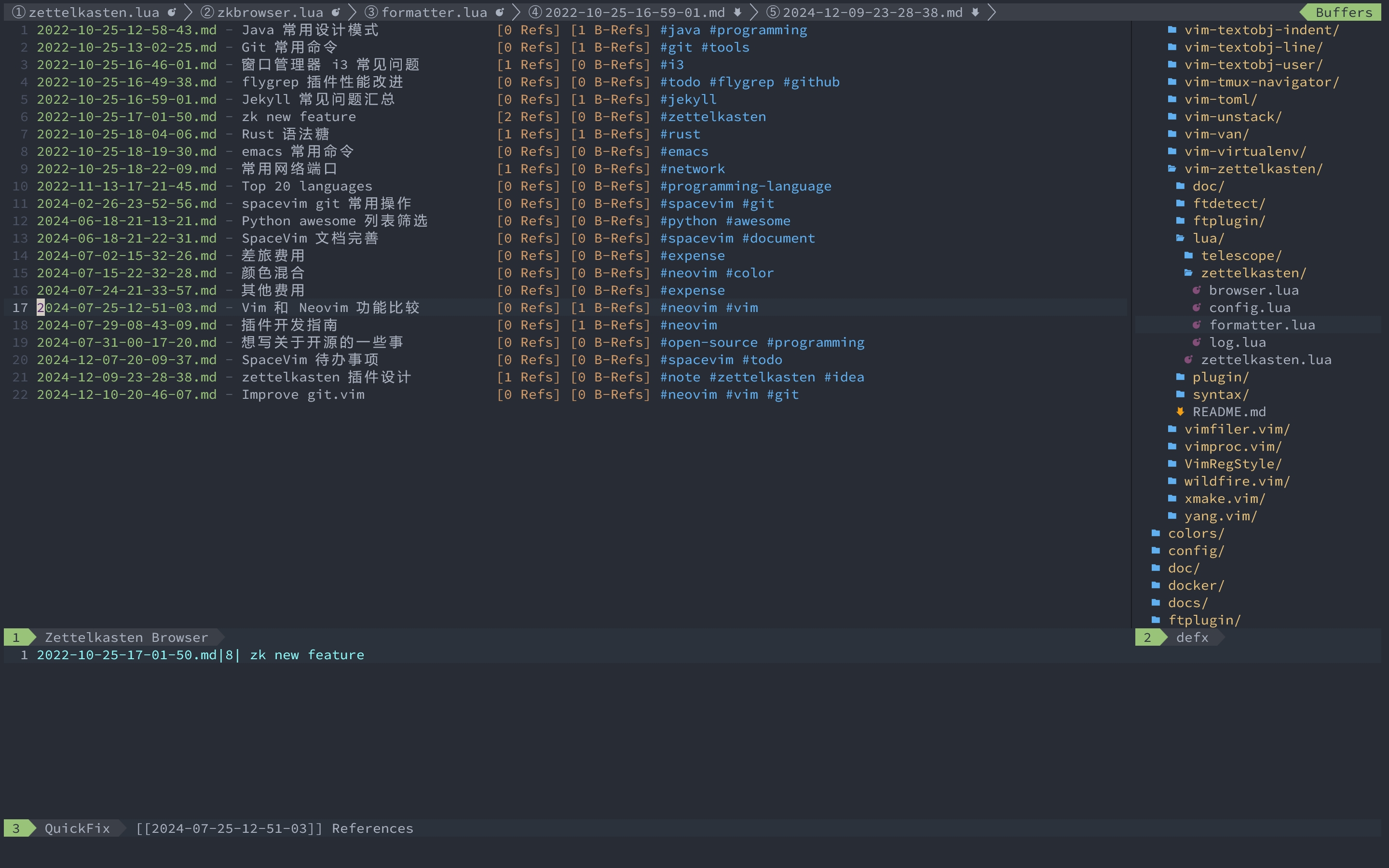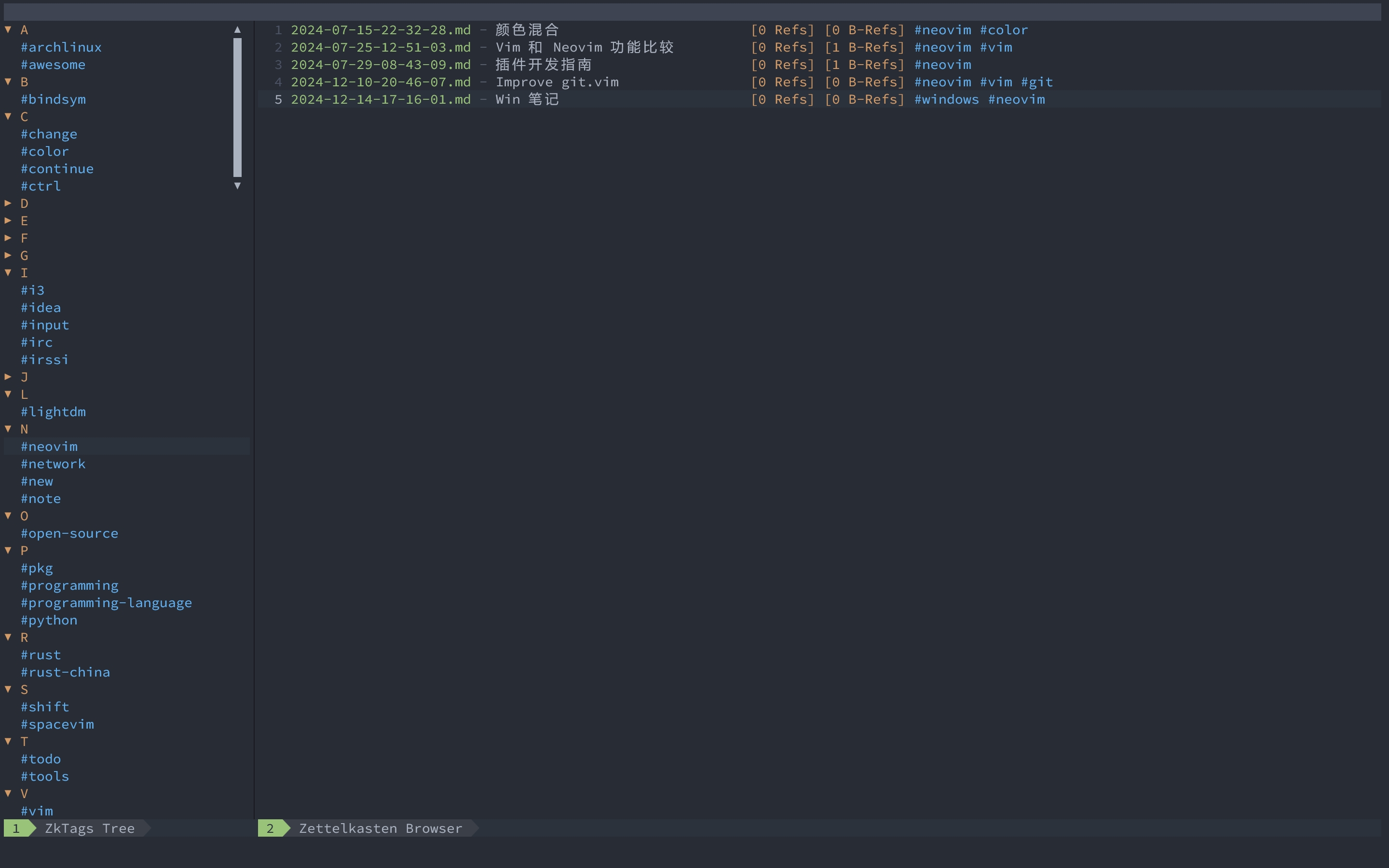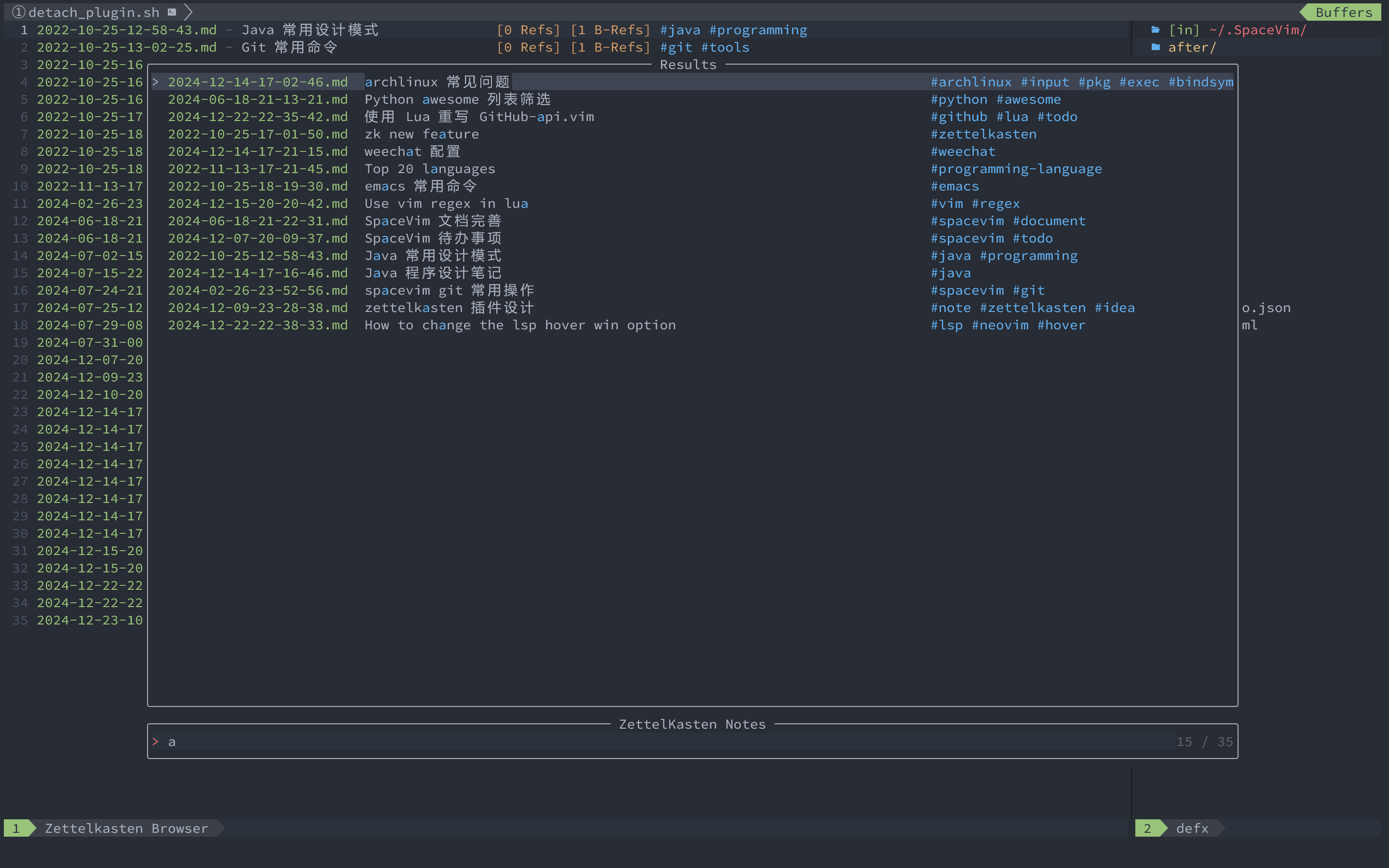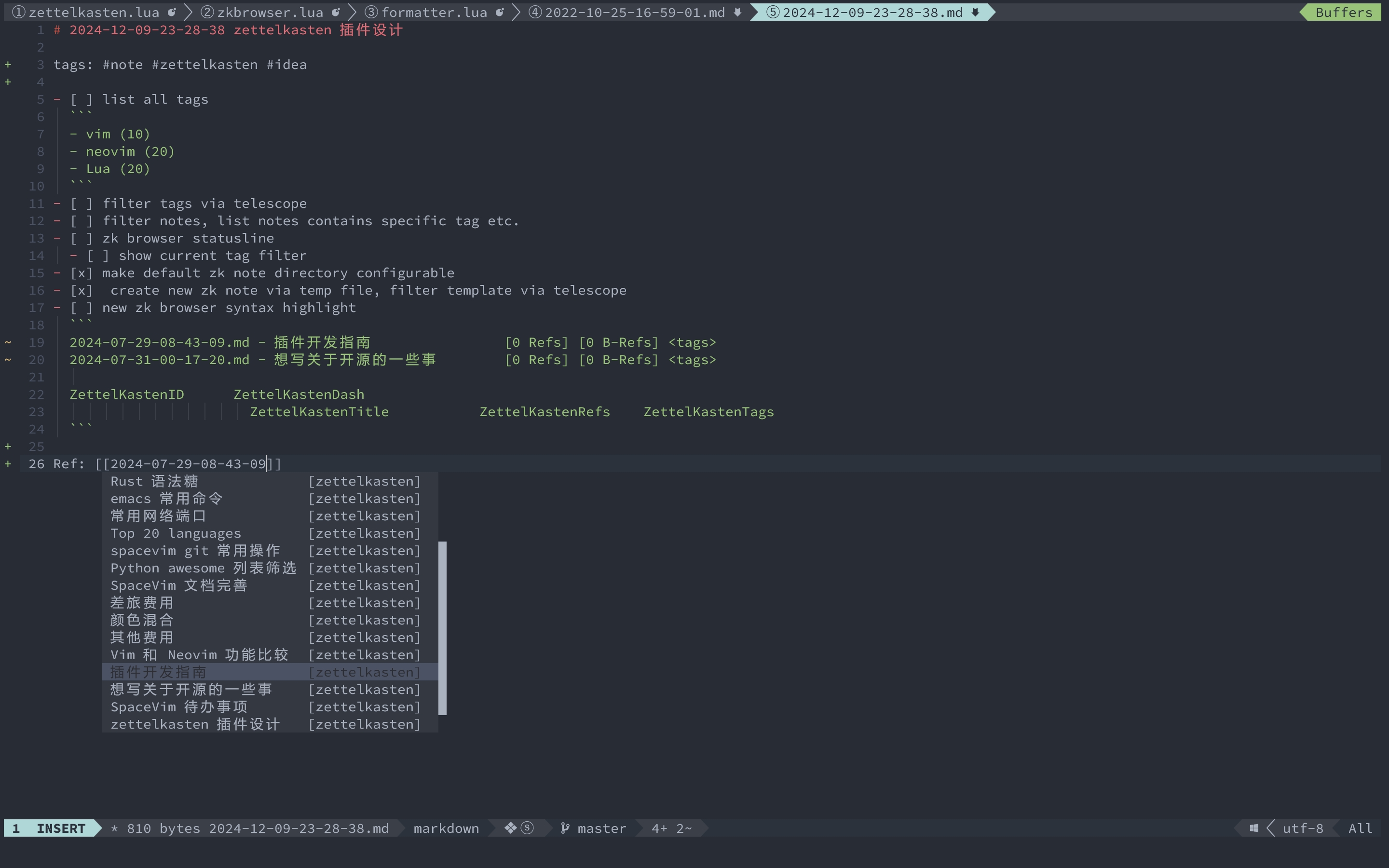-
《误杀3》观后感
结束了一天的工作,晚饭后去酒店旁边的电影院看了《误杀3》。

关于剧情
看完重生,再来开这个确实觉得剧情太容易猜到剧情的发展了,看就没太大悬念了。不同于重生里面以毒品为话题,这部电影是以拐卖儿童这一敏感话题展开的,先不谈拍的好坏。起码让这个话题被更多的人关注到加以防范也算是起到一丁点的好处,让社会跟相关部门更多地关注到这个问题那就更好了。 回过头来再想想整部电影的剧情,感觉其中还是处处提供了线索,看的过程中还是能感觉出来一些人物的心理活动的。
剧中人物
郑炳睿
一开始确实没想到他原来居然是人贩子,求生其实是生命的本能。人类虽然是高等动物,通过思想可以客服本能,但是还是会有人没办法克服,会依靠本能去做一些决定。 为了能活下去而参与贩卖人口等等,后来还是为了能活下去选择按下女儿那边炸弹的遥控器。虽然几个镜头也极力体现他对女儿的疼爱,比如看到女儿被伤害,哭的眼泪口水哒哒的。 关于这个角色心理的选择,我觉得有一个大的转变,从一开始怕死,而选择按下女儿那边炸弹遥控器,到后来奋不顾身地为女儿挡枪。
但是上面图片中的介绍真是扯淡, 郑炳睿出手爆杀人贩???他才是人贩子。图片剧情简介也完全是跟剧情实际情况截然相反。
李慧萍
电影开头第一眼,这女孩丢失八成跟她有关系,肯定是人贩子。后来证实下来确实是她参与的,但是没想到的是她原来也是是为了复仇。前后出镜截然两种不同风格人物,演员在演演员。
张景贤
误解了,一开始福利院收娃的长头发我以为是他。加上半夜出来杀郑炳睿,我还以为他是达蒙的人。后来看到原来他的妻子是梁素娥,才知道他也是要复仇的。
雅英
我脸盲,看了好几次才把她跟丢失娃的母亲对上号。
吴达毅
最后杀他的是谁?
施福安和Tinaya
没啥感触,死得其所。
阿卢
第一个镜头,就看到仇恨的眼光,审判室里的大笑也没看懂,直到知道他也是丢失儿童的家属,一切才显得那么理所当然。
达蒙
最后啥他的人是谁?
门多萨
一开始以为他是一无是处的领导。
梁素娥
最有感触的还是梁素娥的剧情,感觉词穷了,不知道该怎么写。第一次出镜的时候,感觉挺好看,一张混血儿脸,心善,“我也是孩子母亲,我一定会找到真相”,台词可能我记错了,但是我想她所想表达的意思以及她所坚持的事情一定是这样的,也为此付出了生命,也包括还没出生的孩子。
阿佐
开第一枪的男警察?
阿婕
不记得谁了,女警察?
郑婷婷
最后开枪的是谁?
-
Neovim quickfix 窗口内的一些快捷键
Neovim 的 quickfix 窗口还是比较常用的功能,在这里,我实现了一些 quickfix 窗口内常用的快捷键。
删除单行或者多行
在 quickfix 窗口内,默认情况下 Normal 模式下的
dd和 Visual 模式下的d快捷键是不可用的,会提示:E21: Cannot make changes, 'modifiable' is off但是有时候,会感觉 quickfix 展示的结果太多了,有些内容不是我所需要的。使用如下代码实现了 Normal 模式下
dd删除光标下的结果,Visual 模式下d删除选中行的结果。local group = vim.api.nvim_create_augroup('quickfix_mapping', { clear = true, }) vim.api.nvim_create_autocmd({ 'FileType' }, { pattern = 'qf', group = group, callback = function(ev) vim.keymap.set('n', 'dd', function() local qflist = vim.fn.getqflist() local line = vim.fn.line('.') table.remove(qflist, line) vim.fn.setqflist(qflist) vim.cmd(tostring(line)) end, { buffer = ev.buf }) end, }) local function table_remove(t, from, to) local rst = {} for i = 1, #t, 1 do if i < from or i > to then rst[#rst + 1] = t[i] -- else -- i = to + 1 end end return rst end vim.api.nvim_create_autocmd({ 'FileType' }, { pattern = 'qf', group = group, callback = function(ev) vim.keymap.set('v', 'd', function() local esc = vim.api.nvim_replace_termcodes('<esc>', true, false, true) vim.api.nvim_feedkeys(esc, 'x', false) local qflist = vim.fn.getqflist() local from = vim.fn.getpos("'<")[2] local to = vim.fn.getpos("'>")[2] if from > to then from, to = to, from end qflist = table_remove(qflist, from, to) vim.fn.setqflist(qflist) vim.cmd(tostring(from)) end, { buffer = ev.buf }) end, })结果过滤(Filter)
这里主要是为了实现一个功能,移除文件路径匹配输入表达式的结果。
local group = vim.api.nvim_create_augroup('quickfix_mapping', { clear = true, }) vim.api.nvim_create_autocmd({ 'FileType' }, { pattern = 'qf', group = group, callback = function(ev) vim.keymap.set('n', 'c', function() local input_pattern = vim.fn.input('filter pattern:') -- vim.cmd('noautocmd normal! :') local re = vim.regex(input_pattern) local qf = {} for _, item in ipairs(vim.fn.getqflist()) do if not re:match_str(vim.fn.bufname(item.bufnr)) then table.insert(qf, item) end end vim.fn.setqflist(qf) end, { buffer = ev.buf }) end, })上述代码,设定的快捷键为
c, 按下快捷键后会弹出一个出入提示,输入一段字符串,可以是 Vim 正则,回车后会移除 quickfix 窗口中文件名称匹配字符串的结果。如果需要保留文件名匹配字符串的结果,可以增加一个新的快捷键,比如
C,代码如下:local group = vim.api.nvim_create_augroup('quickfix_mapping', { clear = true, }) vim.api.nvim_create_autocmd({ 'FileType' }, { pattern = 'qf', group = group, callback = function(ev) vim.keymap.set('n', 'C', function() local input_pattern = vim.fn.input('filter pattern:') -- vim.cmd('noautocmd normal! :') local re = vim.regex(input_pattern) local qf = {} for _, item in ipairs(vim.fn.getqflist()) do if re:match_str(vim.fn.bufname(item.bufnr)) then table.insert(qf, item) end end vim.fn.setqflist(qf) end, { buffer = ev.buf }) end, })上述功能汇总为插件 quickfix.nvim.
-
Vim/Neovim 中使用正则表达式
2018 年 8 月 28 日,我在 CSDN 博客上面发表过一篇文章:《Vim 中使用正则表达式》。 随着 CSDN 账号的注销,这篇文章已经无法在更新,于是将文章迁移至个人博客,并加以更新,增加 Neovim 相关内容。
经常在网上看到有人抱怨 Vim 的正则表达式太奇怪,无法接受。我倒是觉得 Vim 的正则表达式比较容易理解。 可能是因为我最早接触的正则表达式就是 Vim 的正则表达式吧,正好借此机会整理下 Vim 的正则表达式相关的内容。
首先,在哪些情况下会用到正则表达式?
使用正则表达式的命令最常见的就是
/和?命令。其格式如下:/正则表达式 ?正则表达式另一个很有用的命令就是
:s[ubstitute](替换)命令,将第一个//之间的正则表达式替换成第二个//之间的字符串。:s/正则表达式/替换字符串/选项在学习正则表达式时可以利用
/命令来练习。元字符
元字符 说明 .匹配任意字符 [abc]匹配方括号中的任意一个字符。可以使用 -表示字符范围,如[a-z0-9]匹 配小写字母和阿拉伯数字。\d匹配阿拉伯数字,等同于 [0-9]。[^abc]在方括号内开头使用^符号,表示匹配除方括号中字符之外的任意字符。 \d匹配阿拉伯数字,等同于[0-9]。 \D匹配阿拉伯数字之外的任意字符,等同于[^0-9]。 \x匹配十六进制数字,等同于[0-9A-Fa-f]。 \X匹配十六进制数字之外的任意字符,等同于[^0-9A-Fa-f]。 \w匹配单词字母,等同于[0-9A-Za-z_]。 \W匹配单词字母之外的任意字符,等同于[^0-9A-Za-z_]。 \t匹配字符。 \s匹配空白字符,等同于[ \t]。 \S匹配非空白字符,等同于[^ \t]。 如果需要查找一些特殊字符,如
*、.、/等,可以在这些字符前面添加\,表示这些不是元字符,而是普通字符。比如:\/d匹配的是/d这两个字符,而不是匹配任意数字。表示数量的元字符
元字符 说明 *匹配0-任意个 \+匹配1-任意个 \?匹配0-1个 \{n,m}匹配n-m个 \{n}匹配n个 \{n,}匹配n-任意个 \{,m}匹配0-m个 表示位置的符号
元字符 说明 $匹配行尾 ^匹配行首 \<匹配单词词首 \>匹配单词词尾 使用示例
命令 描述 /char\s\+[A-Za-z_]\w*;查找所有以char开头,之后是一个以上的空白,最后是一个标识符和分号 /\d\d:\d\d:\d\d查找如 17:37:01 格式的时间字符 :g/^\s*$/d删除只有空白的行 :s/\<four\>/4/g将所有的 four 替换成 4,但是 fourteen 中的 four 不替换 替换变量
在正规表达式中使用
\(和\)符号括起正规表达式,即可在后面使用\1、\2等变量来访问\(和\)中的内容。使用示例
命令 描述 /\(a\+\)[^a]\+\1查找开头和结尾处a的个数相同的字符串,如 aabbbaa,aaacccaaa,但是不匹配 abbbaa :s/\(http:\/\/[-a-z\._~\+%\/]\+\)/<a href="\1">\1<\/a>/将 url 替换为http://url的格式 :s/\(\w\+\)\s\+\(\w\+\)/\2\t\1将 data1 data2 修改为 data2 data1 函数式
在替换命令
:s/{pattern}/{string}/[flags]中可以使用函数表达式来书写替换内容,格式为:s/替换字符串/\=函数式在函数式中可以使用
submatch(1)、submatch(2)等来引用\1、\2等的内容,而submatch(0)可以引用匹配的整个内容。使用例
:%s/\<id\>/\=line(".")将各行的 id 字符串替换为行号
:%s/^\<\w\+\>/\=(line(".")-10) .".". submatch(1)将每行开头的单词替换为 (行号-10).单词 的格式,如第11行的 word 替换成 1. word
与 Perl 正则表达式的区别
Vim语法 Perl语法 含义 \++1-任意个 \??0-1个 \{n,m}{n,m}n-m个 \(和\)(和)分组 贪婪模式和非贪婪模式
在 Vim 里,默认是贪婪模式,即
a.*b会尽可能多滴匹配字符,在ahdbjkbkls中匹配ahdbjkb而不是ahdb。
如果是非贪婪的,可以使用\{-}代替*,即a.\{-}b匹配ahdb而不是ahdbjkb。Neovim 中使用正则表达式
Neovim 目前主要的配置语言是 Lua,并且 Lua 并没有 VimL 的
=~#和=~比较符。但是 Neovim 提供了一个vim.regexLua 模块。vim.regex模块常见的使用方式:if vim.regex('http[s]*://'):match_str(str) then -- do something end local str = 'abc12332324def' local r1 = vim.regex('\\d\\+') print(r1:match_str(str)) print(str:sub(r1:match_str(str))) local a, b = r1:match_str(str) print(str:sub(a + 1, b))
-
Neovim 状态栏及标签栏点击事件
什么是 tablineat
熟悉 Vim 或者 Neovim 的用户对于其状态栏(statusline)和标签栏(tabline)应该也不陌生,对于这两个 UI 组件上面的点击事件, 早期是只有 tabline 上面支持点击操控 Vim 的标签页。
很早以前,就有用户想在 vim-airline 插件的标签栏实现 Buffer 切换的功能, 但是似乎直到现在,Vim 都未增加该功能。
2016 年,Neovim 增加了 tablineat 特性,使得用户可以在自定义状态栏和标签栏时, 指定某个区域设定对应的点击事件回调函数,以此实现监控状态栏和标签栏的点击事件。可以使用
has('tablineat')检测当前 Neovim 是否支持该特性。以下内容摘自
:h statusline@ N Start of execute function label. Use %X or %T to end the label, e.g.: %10@[email protected]%X. Clicking this label runs the specified function: in the example when clicking once using left mouse button on "foo.c", a `SwitchBuffer(10, 1, 'l', ' ')` expression will be run. The specified function receives the following arguments in order: 1. minwid field value or zero if no N was specified 2. number of mouse clicks to detect multiple clicks 3. mouse button used: "l", "r" or "m" for left, right or middle button respectively; one should not rely on third argument being only "l", "r" or "m": any other non-empty string value that contains only ASCII lower case letters may be expected for other mouse buttons 4. modifiers pressed: string which contains "s" if shift modifier was pressed, "c" for control, "a" for alt and "m" for meta; currently if modifier is not pressed string contains space instead, but one should not rely on presence of spaces or specific order of modifiers: use |stridx()| to test whether some modifier is present; string is guaranteed to contain only ASCII letters and spaces, one letter per modifier; "?" modifier may also be present, but its presence is a bug that denotes that new mouse button recognition was added without modifying code that reacts on mouse clicks on this label. Use |getmousepos()|.winid in the specified function to get the corresponding window id of the clicked item.测试标签栏点击事件
按照前面的帮助文档描述的内容,可以使用格式
%N@function_name@text%X来指定区域监控点击事件, 回调函数的名称为两个@标记之间的字符串,%与@之间的数字作为第一个参数。写一个测试函数,看一看点击事件的具体执行效果:
function! OnClick(a, b, c, d) abort echom a:a echom a:b echom a:c echom '>' . a:d . '<' endfunction set tabline=xxxxxxx%1@OnClick@11111%X%2@OnClick@22222%X将以上文件保存为 vim 文件并执行
:so %后,状态栏变成了xxxxxxx1111122222, 鼠标左键单击11111区域,看到如下输出。1 1 l > <上述四行分别对应函数的四个参数:
- 第一个参数是
%与@之间的数字 - 第二个参数是鼠标点击的次数
- 第三个参数是鼠标键位, 可以是左键(
l)、右键(r)或者中键(m) - 第四个参数对应的时按下的组合键,Ctrl 键(
c)、Shift 键(s)、Alt 键(a)、Meta 键(m) - 最后一个参数是对应的
shift/alt/ctrl。
多次点击存在的问题
在使用前面的测试脚本测试的过程中,发现第二个参数返回的是点击的次数,其结果不是完全可预期的。为了更加方便测试,将测试的脚本修改如下:
function! OnClick(a, b, c, d) abort echom '点击次数:' .. a:b endfunction set tabline=xxxxxxx%1@OnClick@11111%X%2@OnClick@22222%X多次点击后,其结果如下:
点击次数:1 点击次数:2 点击次数:3 点击次数:4 点击次数:1 点击次数:2 点击次数:3 点击次数:4 点击次数:1 点击次数:2 点击次数:1 点击次数:2 点击次数:3 点击次数:4 点击次数:1 点击次数:2上面的输出可以看到,当连续点击时,回调函数会在每次点击时被调用。并且点击次数会增加, 当间隔时间超过
mousetime时,点击次数计数归零, 间隔时间可以查阅:h mousetime, 默认为 500 毫秒。
- 第一个参数是
-
代码格式化插件 format.nvim
前因
最近,我在 Reddit 上面分享了一个新的代码格式化的插件 format.nvim, 回复大多是是在问为什么要做这个插件以及跟现有插件的区别。
在 SpaceVim v2.3.0 之前,一直使用的代码格式化插件是 neoformat, 这个插件是使用 Vim 脚本写的,同时支持 Neovim 和 Vim。 但是美中不足的地方是这个插件执行格式化命令是调用 Vim 的
system()函数,当命令执行消耗时间很长时,就会卡住界面无法进行下一步操作。 我也尝试过给 neoformat 增加异步支持,但是最终还是决定重新开发一个插件, 主要市考虑到以下几个原因:- Lua 尤其是 luajit 速度相较于 Vim 脚本要快很多,相关比较文章可以查看我前面写的使用 Lua 重写 SpaceVim 内置插件和Vim9Script 与 Lua 的速度比较
- 做一个格式化插件的框架,尽可能减少默认的 formatter,提供接口自行定义。
- 不需要太过复杂的功能,仅仅是异步执行指定命令并更新 Neovim 缓冲区。
其实 neoformat 的插件代码实现逻辑还是非常好的,因此我也是参考了 neoformat 的实现逻辑, 使用 Lua 来实现了这个异步代码格式化的插件 format.nvim。 这个插件使用了 SpaceVim 的 job api 可以异步执行格式化命令,使得 Neovim 的操作更加顺畅。
插件的安装
可以使用任意插件管理器,比如nvim-plug来进行安装:
require('plug').add({ { 'wsdjeg/format.nvim', cmds = { 'Format' }, depends = { { 'wsdjeg/job.nvim' }, { 'wsdjeg/notify.nvim' }, }, }, })对于 SpaceVim 用户来说,只需要在启用 format 模块的时候,指定格式化方法为 format.nvim 即可,配置如下:
[[layers]] name = 'format' format_method = 'format.nvim'自定义 formatter
以 Lua 语言为例,设置使用 stylua 命令进行格式化:
require('format').setup({ custom_formatters = { lua = { exe = 'stylua', args = { '-' }, stdin = true, }, }, })插件的使用
- 格式化整个文件
format.nvim 只提供了一个命令
:Fromat, 执行该命令时就可以根据当前文件的文件类型选择对应的 formatter 对整个 Buffer 进行格式化。- 选中区域进行格式化
:Format命令支持指定区域进行格式化,因此可以在 Neovim 中选中几行代码进行格式化。- 指定文件类型
通常执行
:Format命令时,会读取当前 Buffer 的 &filetype 选项,但是如果需要指定其他文件类型,比如 java,可以使用如下格式执行命令::Format! <filetype>- 指定格式化工具
如果一个文件类型有多个 formatters,可以在执行改命令时指定一个 formatter 的名字,比如
:Format prettier- 同时指定文件类型、格式化工具,比如选中 markdown 内一段代码块进行格式化:
:Format! <filetype> <formatter>Markdown 代码块格式化
前面提到
:Format命令支持指定区域格式,这里需要借助一个插件 context_filetype.vim。 通过这个插件获取到代码块的区域和文件类型,传给 Format 命令。以下示例使用
<Leader>f格式化光标所在的代码块:function! s:format_code_block() abort let cf = context_filetype#get() if cf.filetype !=# 'markdown' let command = printf('%s,%sFormat! %s', cf.range[0][0], cf.range[1][0], cf.filetype) exe command endif endfunction nnoremap <silent> <Leader>f <cmd><sid>format_code_block()<cr>
-
在 SpaceVim 中使用卢曼卡片盒笔记法做笔记
起因
前段时间整理自己的个人维基发现笔记太零散,很难快速定位到自己需要的笔记。 以往借助自己的 flygrep 插件根据记忆的关键字倒是可以找到相关的内容, 但是随着笔记越来越多,关键字筛选已经不足以快速定位了。 于是就想找一个更好的方式来组织管理日常的笔记,后来就了解到了《卢曼卡片盒笔记法》
基于 Neovim 的 zettelkasten 插件
最开始,我是想找一个三端(手机、电脑、网页)同步的笔记软件,但是似乎没有合适的。因为都是文本编辑,而且如果要使用卡片盒笔记法的话, 那么笔记就需要遵循一定的格式。日常使用 Neovim 也非常多,几乎文本的编辑都是在 Neovim 内完成的,索性就不再舍近求远去找笔记软件了, 就直接在 Neovim 内完成。检索了下 Github 发现还是有不少现成的插件实现,但是功能似乎都不是很完善。
因此自己 Fork 了一个插件,在这个插件的基础上做了一些功能的改进和增加,有兴趣的话欢迎尝试:vim-zettelkasten。
基于 Tags 的 ZkBrowser
浏览笔记列表时,展示笔记的引用数量以及被引用数量,同时列出笔记包含的 Tags 列表,如下图所示:

同时,在 ZkBrowser 窗口内支持的快捷键包括:
快捷键 功能描述 q退出 ZkBrowser 窗口 <LeftRelease>鼠标左键点击 Tag,筛选包含该 Tag 的笔记 gf打开光标 ID 下的笔记 Ctrl-l清除 Tags 筛选,列出所有笔记 Ctrl-]使用 preview-window 窗口预览笔记 [I使用 quickfix-window 列出 References F2打开 Tags 列表侧栏 侧栏的效果图如下,可以在侧栏窗口中使用回车键或者鼠标左键点击 Tag 实现筛选:

侧栏中,标签按照首字母归类,鼠标左键点击归类的字母,可以折叠这些标签。
使用 Telescope 检索 Tags
当笔记 Tags 非常多的时候,可以使用 telescope.nvim 进行检索,检索后默认的回车键行为是列出包含该 Tag 的所有笔记。 默认的快捷键为
SPC m z g。
使用 Telescope 检索标题
笔记的标题(Title)也可以使用 telescope.nvim 进行检索,默认的快捷键是
SPC m z f。
补全笔记 ID
在编辑笔记过程中,可以使用快捷键
ctrl-x ctrl-u来打开补全窗口,补全引用的笔记 ID。
笔记模板的筛选
如果是使用 SpaceVim,可以通过 zettelkasten 模块选项设置笔记模板的文件夹,新建一些常用的笔记模板,比如:
[[layers]] name = 'zettelkasten' zettel_dir = 'D:\me\zettelkasten' zettel_template_dir = 'D:\me\zettelkasten_template'通常基于默认新建笔记直接使用
SPC m z n快捷键即可,如果需要基于其他模板来新建,可以使用快捷键SPC m z t调用 Telescope 检索常用模板。Vim 的支持
因为 SpaceVim 默认是兼容 Neovim 和 Vim 的,因此后面是有计划让这个插件也支持 Vim 的,但是为了减少重复实现的一些代码,可能是需要 Vim 有
+lua特性。参考文章: